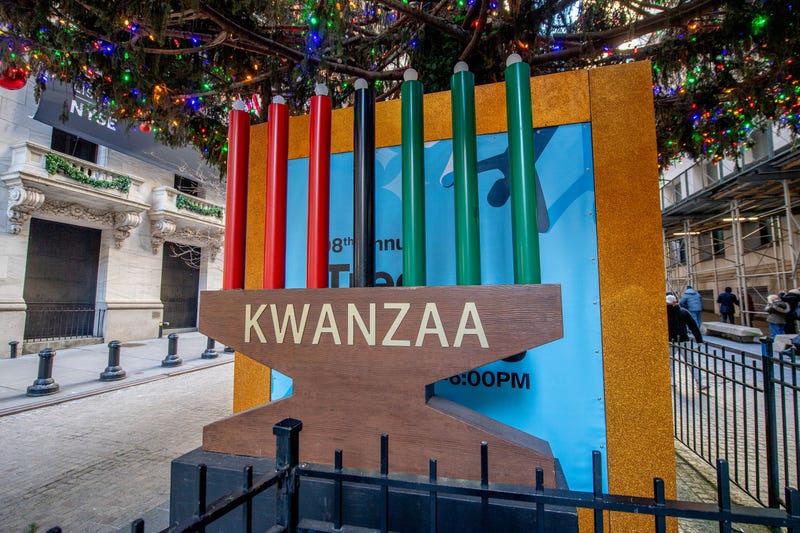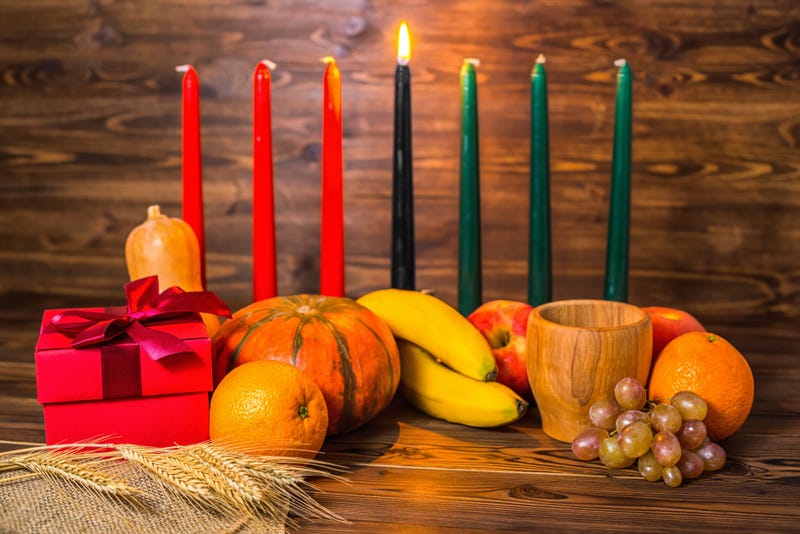
PHILADELPHIA (KYW Newsradio) — The traditional African American celebration of Kwanzaa began Sunday and will last until Jan. 1.

It involves the ritual of lighting a candle every night for seven nights, on a seven-branched candle holder called a kinara. The candles correspond to seven principles of African heritage, called Nguzo Saba.
Ivan Henderson with the African American Museum of Philadelphia (AAMP) explained this on a recent episode of KYW's original podcast "The Rundown." (KYW is 1010 WINS' sibling station in Philadelphia).
"Three red candles, three green candles and one black candle in the center," he said. "They are lit in succession in a certain order, day by day, as we observe each principle."

On Sunday night, the first candle was lit for Umoja, which means unity.
Additional principles to be observed include Kujichagulia, or self-determination; Ujima, or collective work and responsibility; Ujamaa, or cooperative economics; Nia, or purpose; Kuumba, or creativity; and Imani, which means faith.

Kwanzaa, created by Dr. Maulana Karenga in 1966 and modeled after the first-fruits festivals of the Nguni peoples of Southern Africa, is considered a celebration of family culture and community. It is not religious, and it can be observed by everyone.
"Being a part of this or having a principle-driven look at the new year from Dec. 26 to Jan. 1 is something that anyone can get into," Henderson said. "So I do move away from calling this a holiday."
Additional rituals include giving homemade gifts, and setting the table with "fresh fruits, with gifts representative of our dreams for our youth, as well as a red, black and green flag and a mat."


